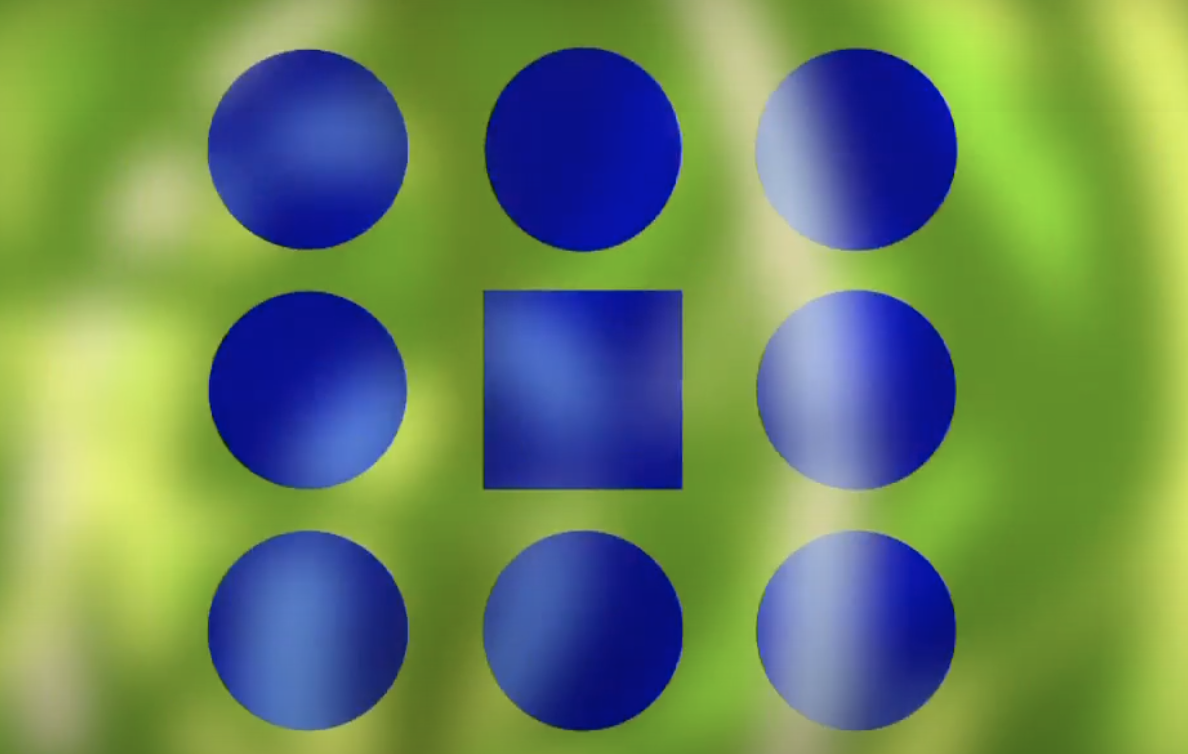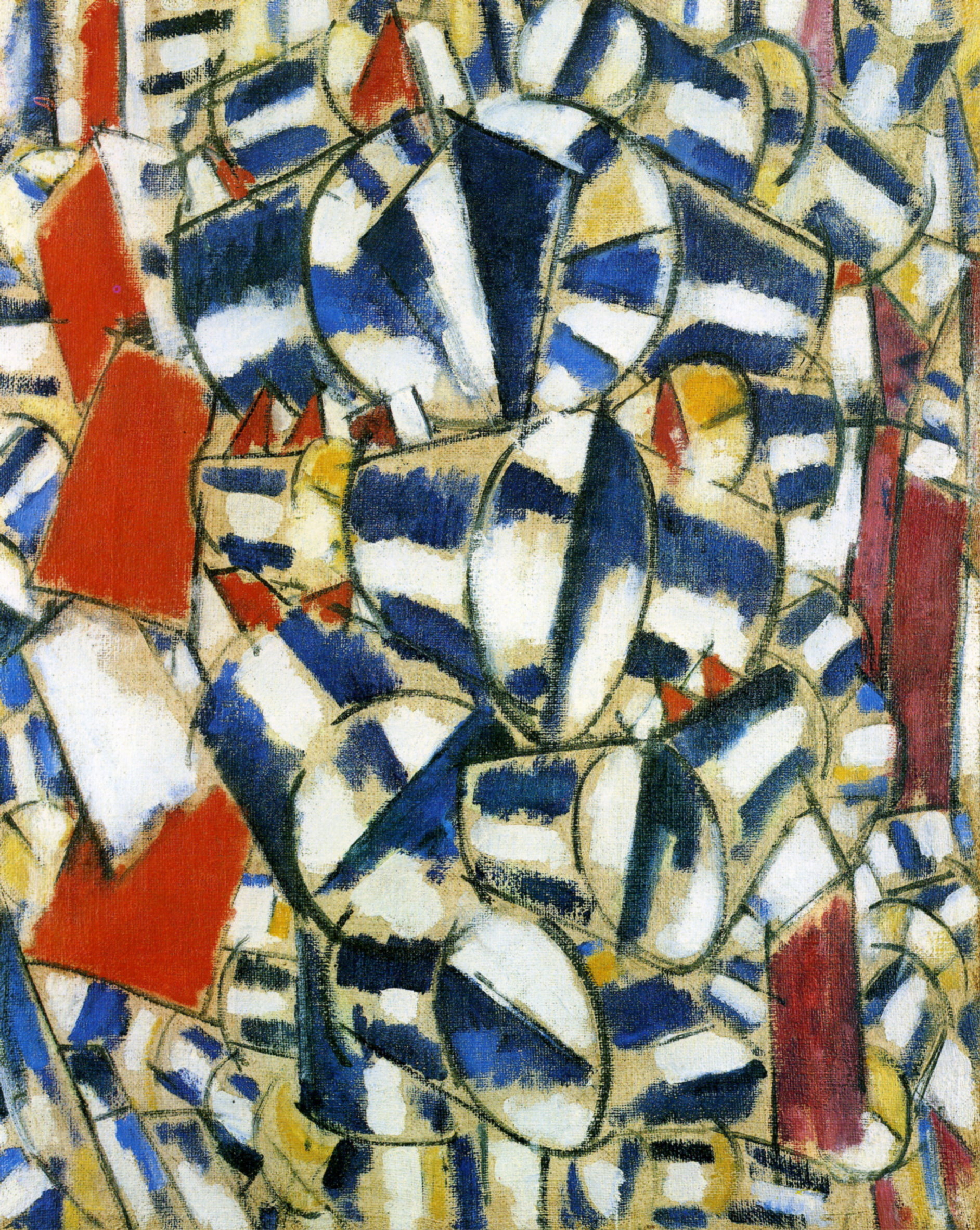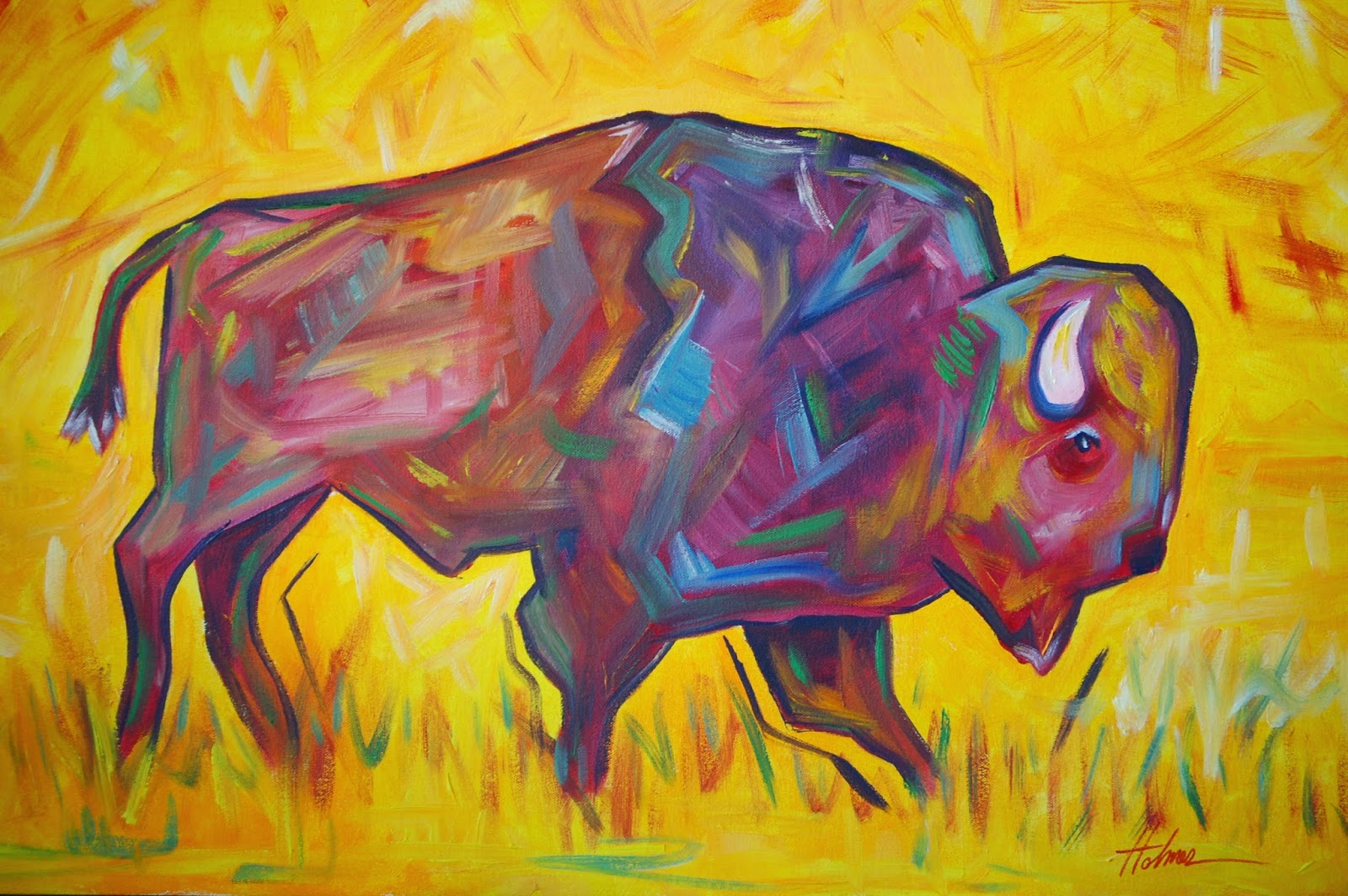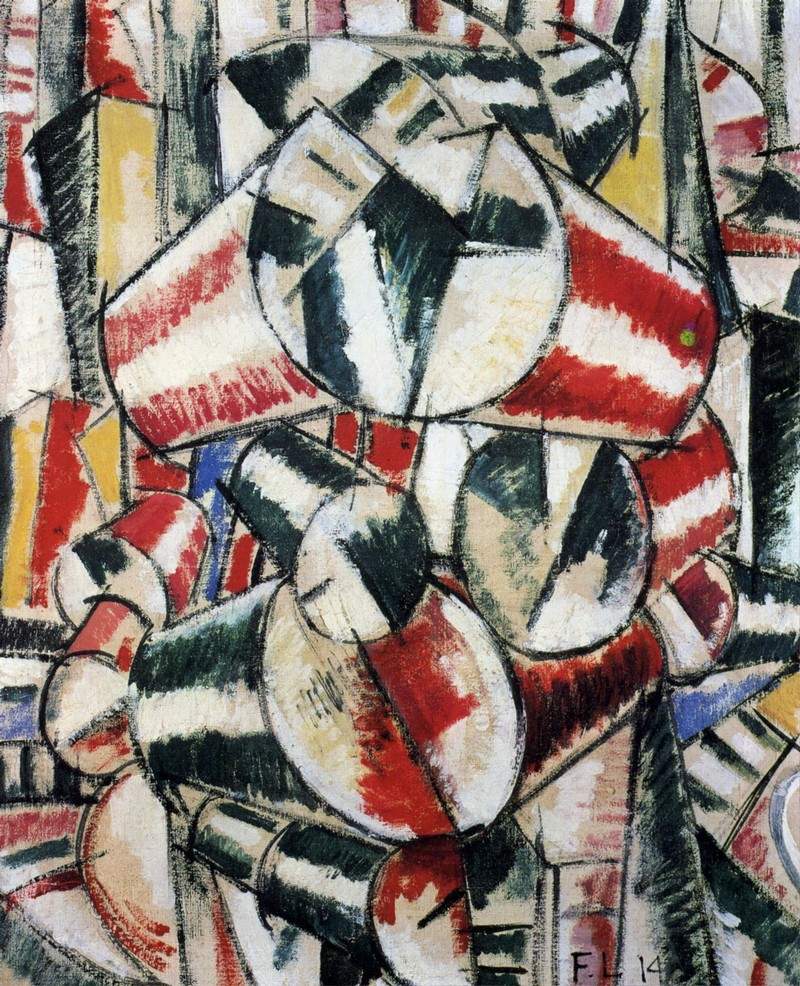Contrast Form Art
Contrast Form Art - Learning to use contrast in art will transform your projects and the way you work. Like a new language, it becomes more familiar the more the terms used in written descriptions. In this textbook, we will be comparing and contrasting ordinary images of horses, figures, sunflowers, and dots. Web contrast is the arrangement of opposite elements: Contrast is the representation of opposite sides of a design element, like brightness versus darkness. He created these paintings to illustrate his theory that the way to achieve the strongest pictorial effect was to juxtapose contrasts of colour, of curved and straight lines, and of solids and flat planes. If you use contrast on your art journal pages, they’ll be bolder, more vivid, and definitely more dramatic. Web the contrast of form relates to opposite elements of the presented object or person or landscape, for example, a young person versus an old person, a beautifully flourished tree versus an old dry tree. The series embraces the genres of landscape, still life, and figure, but at its core are numerous arresting compositions that sweep aside observation to focus on formal principles. It’s a common term used in creative, artistic circles.
Web there are multiple ways to compare and contrast art: Web in art, contrast is the technique of using distinct visual art elements in juxtaposition with each other that often work together to create balance and depth. Web the contrast of form relates to opposite elements of the presented object or person or landscape, for example, a young person versus an old person, a beautifully flourished tree versus an old dry tree. What is a contrast in art? Contrast in art can be used for multiple purposes, such as to convey meaning, draw attention to the piece, and dramatize the characteristics of the work. The series embraces the genres of landscape, still life, and figure, but at its core are numerous arresting compositions that sweep aside observation to focus on formal principles. Contrast often makes nail art stand out, and it tends to play a prominent role in negative space designs. Areas in your art with more contrast will attract the viewer’s attention. Web contrast in art is one of the principles of art. Fernand léger:.of abstract studies he called contrast of forms.
Web using contrast in art creates more drama and excitement. For example, there is a strong contrast when you place a vivid red next to a dull green, or a rough texture next Web contrast in art is one of the principles of art. It is applied when art elements are placed in different or opposite positions in a visual composition. In many ways, contrast is the opposite of the element of unity, in that it commands the viewer's attention by sheer force of its differences. Like a new language, it becomes more familiar the more the terms used in written descriptions. Includes examples by andre masson, otto dix, kara walker, meret oppenheim, m.c. Web the contrast of form relates to opposite elements of the presented object or person or landscape, for example, a young person versus an old person, a beautifully flourished tree versus an old dry tree. Comparing works of art from the same art movement or period to look for commonalities and shared themes, comparing two depictions of the same subject, comparing works of art from one period with works from the period that came before, and probably many more! This principle of art can help you achieve more interest and make your pages pop.
Yailine Palomo Art 1 contrast
He created these paintings to illustrate his theory that the way to achieve the strongest pictorial effect was to juxtapose contrasts of colour, of curved and straight lines, and of solids and flat planes. Web there are multiple ways to compare and contrast art: Paintings of flowers, various landscapes. Artists utilize various elements at their disposal to create contrast such..
Room Contrast Ratios Multidimensional Sculptures by Swiss Artist
It is important because it creates. Web contrast is anything that distinguishes one form from another. Web the contrast of form relates to opposite elements of the presented object or person or landscape, for example, a young person versus an old person, a beautifully flourished tree versus an old dry tree. Of course, the balance of nail polish and space.
Contrast of Forms, 1913 Fernand Leger
Without it, you may as well leave the canvas blank. Light vs dark, rough vs smooth, large vs small. Complementary colors like blue and orange or red and green create contrasting colors Like a new language, it becomes more familiar the more the terms used in written descriptions. Contrast in art can be used for multiple purposes, such as to.
Exploring the Form in Art Widewalls
Web this week on state of art we’re joined by corky parker. Fernand léger:.of abstract studies he called contrast of forms. Web contrast is the arrangement of opposite elements: The series embraces the genres of landscape, still life, and figure, but at its core are numerous arresting compositions that sweep aside observation to focus on formal principles. Web toward the.
Contrast in Art Frist Art Museum
It is a strategy used by an artist to break up a work of art, and alter or even shatter its unity by inserting variation. Last contrast we have also included in our small project was the contrast of concept which relates to the emotions and the atmosphere of. Learning to use contrast in art will transform your projects and.
Contrast of form Fernand Leger encyclopedia of visual
Web a state judge has ordered a tourist shop outside denali national park to stop selling products labeled as “made in alaska” after the state of alaska accused the shop of repeatedly selling fake. It's also a popular technique in interior design, meaning this collection of art is excellent for creating a focal point in any space. Web toward the.
Artistic Origins Elements and Principles of Design
Web toward the end of 1912, léger made among the most defiantly abstract works yet seen. Web since contrast is one of the most important principles of art, you may ask: Comparing works of art from the same art movement or period to look for commonalities and shared themes, comparing two depictions of the same subject, comparing works of art.
Contrast of Forms
Contrast often makes nail art stand out, and it tends to play a prominent role in negative space designs. With contrast, you can intensify the mood, the colors, and the overall impression of your art. Web between 1912 and 1914, fernand léger executed a large cycle of works known as contrasts of forms. Web contrast is anything that distinguishes one.
Contrast of form Фернан Леже
When it comes to highlighting elements in an art piece, contrast is one of the most powerful tools in an artist's arsenal. It's also a popular technique in interior design, meaning this collection of art is excellent for creating a focal point in any space. Complementary colors like blue and orange or red and green create contrasting colors Light vs.
Contrast Design elements, Life help, Abstract artwork
It is one of the principles of art which refers to the striking difference between two elements. Web a state judge has ordered a tourist shop outside denali national park to stop selling products labeled as “made in alaska” after the state of alaska accused the shop of repeatedly selling fake. Web in art, contrast is the technique of using.
Web What Is The Importance Of Contrast In Art?
He created these paintings to illustrate his theory that the way to achieve the strongest pictorial effect was to juxtapose contrasts of colour, of curved and straight lines, and of solids and flat planes. It’s a common term used in creative, artistic circles. It is one of the principles of art which refers to the striking difference between two elements. Web an introduction to the elements and principles of art, specifically line, shape, contrast, form, mass, volume, and texture.
Web A State Judge Has Ordered A Tourist Shop Outside Denali National Park To Stop Selling Products Labeled As “Made In Alaska” After The State Of Alaska Accused The Shop Of Repeatedly Selling Fake.
Contrast, when it comes to art, is achieved when opposite elements are arranged together. Web what is contrast in art and why is it important? Fernand léger:.of abstract studies he called contrast of forms. Contrast refers to the art principle achieved by bringing opposite elements together.
Web There Are Multiple Ways To Compare And Contrast Art:
While working closely with the features of emphasis, contrast can be achieved by paying attention to opposites: Proficiency in creating perfect contrasts between elements in your artwork is an invaluable skill for any artist and is an indispensable tool for telling. Web since contrast is one of the most important principles of art, you may ask: Web other articles where contrast of forms is discussed:
For Example, There Is A Strong Contrast When You Place A Vivid Red Next To A Dull Green, Or A Rough Texture Next
Although these elements might be opposites, their arrangement can still be appealing. An inventory of repeated forms—geometric cones. Like a new language, it becomes more familiar the more the terms used in written descriptions. Web learning the elements of art, design, and art methods will help you communicate and write with a new language to compare and contrast art.
.jpg)








